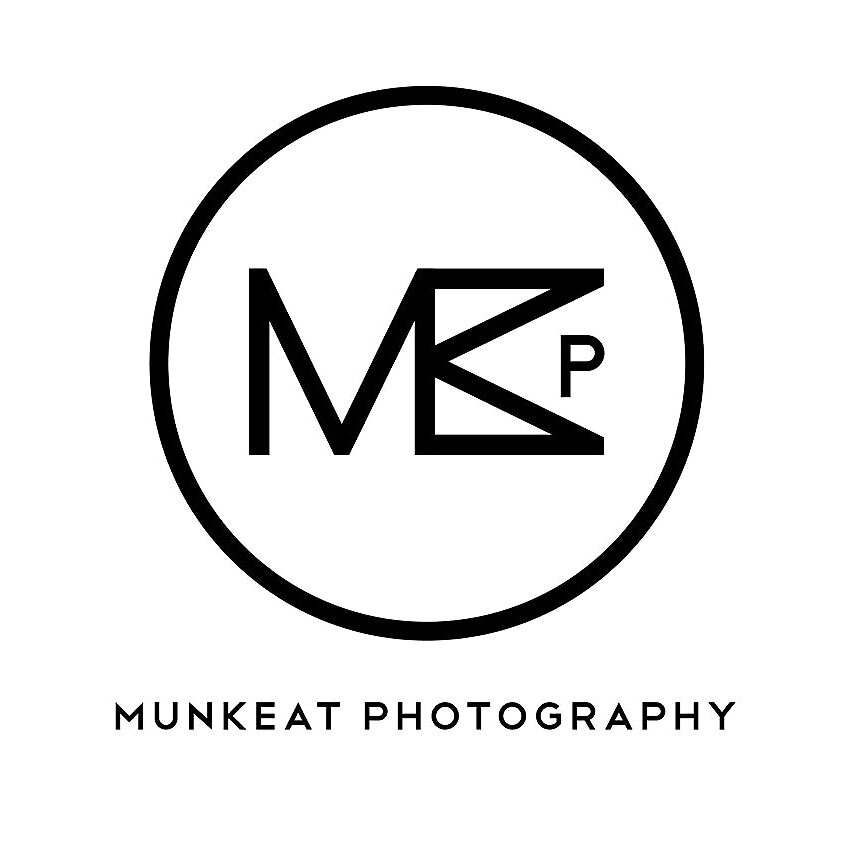The Leica M3 is one amazing camera and I absolutely love it to the max. I had this camera for almost 5 years after I bought my Leica M2. I have always loved the design and built of the film Leica cameras particularly those made in the early 50’s till early 70’s.The built quality and use of materials are impeccable which explains why it still look pretty darn good after 50 over years. The finish is flawless even till today and it has the smoothest film advance I have ever come upon on a film camera. It feels like it’s running on a layer of butter !
The M3 is the first M series ever produced by Leica in Solms, Germany back in 1954. Equipped with a bright 0.92x viewfinder, 3 frames lines ( 50, 90 and 135 ), a self timer and 1/1000th sec shutter speed is all the features there is in this camera. Pure simplicity and only the essentials. What I love most about this camera ( besides it’s look ) is the viewfinder. It has the clearest and highest magnification viewfinder among all the M series and best of all it’s flare resistant ! The newer M6 classic, M6 TTL and M7 are prone to flare which makes focusing really difficult when shooting against strong lights. Only the recent Leica MP has flare proof RF like the M3. As I love shooting against back light , this is a truly a blessing.
The 50mm frame is permanently visible, with broad white lines and rounded corners.
The 90 and 135mm frames pop up when the corresponding lens is inserted. Very clever and first in it's class back in that era.
If there is a need to use 35mm or wider lenses, the M3 with its basically 50mm viewfinder is handicapped and it’s almost impossible to guess the exact frame lines. The only way would be to use the Leica 35mm with auxiliary reducing goggles or an additional 35mm view finder attached to the camera hot shoe. Easy fix indeed.
There are many variants of M3 in the market due to it's long production life , hence the serial number is the easiest way to gauge which version you are having. Older M3’s adopted the continental shutter speeds (1/25, 1/50, 1/100, 1/250) and later ones the international range (1/30, 1/60 etc.). The first version of the M3 has a smaller viewfinder frame , require double stroke to wind film ( cock twice instead of one time ) and lower ISO / ASA range on the indicator. Later models have subtle upgrades on all these parts.
Film loading on the M3 is slightly conventional where one needs to remove the spool from the camera. It is indeed a little slower then the M6 quick load style but at least it is the most reliable and fool proof loading method. There are a few times where the film leader wasn’t securely fasten to the take up spool chamber on the M6. I know this is more like a user problem …but the M3 loading method does not have such room for errors. I heard that the quick load kit work wonders by converting the M3 conventional style to more modern M6 style but I was told that the film counter will not reset itself. I can live with it hence not a biggie for me.
I use this camera mainly for black and white photos. I love pairing it with the 50mm f2 dual range Summicron or the 5cm f2 collapsible cron with yellow filters for that classic black and white look. For metering, I’ll either use the sunny 16 rules when I’m outdoor or my trusty light meter apps on my iphone for more tricky lighting condition. Works great for so far and really enjoy using this camera a lot and I am a big fan of 50mm lenses.
If you ever plan to get one , I would suggest hunt around for a serial number above 950,000 as most likely will have one with all the subtle upgrades implemented. Do check the rangefinder mirror too for signs of desilvering as repair would be costly. Comparing to the M2 , M5 , M6 classic , M6 ttl which I have, the M3 is still one of my all time favourite .








